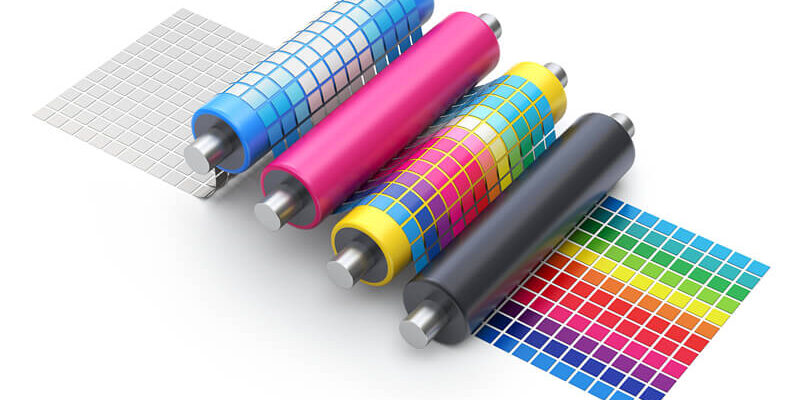This Is What Buyers Needs to Know About Plate Making Process
If you are planning to buy a flexo plate maker, you also need to know the plate-making process. Though many think it’s complex, technological advancement has made it simple. You need to understand that high-quality flexographic printing will highly depend on the type of plate used and its creation. This is because much expertise is required in the plate-making process to ensure high-quality plates are achieved.
This article will look at important factors buyers need to know about the plate-making process.
Exposure condition.
The exposure unit contains two bulbs, where the images are printed on the plate. UVA bulb for the back, main and post-exposure, and UVC bulb for finishing exposure. These lights should have a digital timer that is easy to set. Regular monitoring of these bulbs is recommended, and replacement at the end of their useful life maximizes the plate quality. Exposure time should not be exceeded to make up for bulbs that need replacement. Instead, replacement should be made immediately if need be.
Polymer saturation
After exposure, the plate is washed to remove the unexposed photopolymer. The most common liquid used to remove none image areas is either hydrocarbon or water for solvent and aqueous plate making. Buyers must know that the saturation level affects the plate’s quality and equipment maintenance. And to avoid this, in solvent placemaking, it’s recommended that the concentration of solids should remain below 6 percent and, by so doing, ensure optimal plate washout.
Drying
After washing and removing the non-image area, plates may appear swollen and should be allowed to dry. Several factors, including early removal of the plate before the set up drying time, inadequate dryer air circulation, and improper drying temperatures, can cause incomplete drying of the plates. To ensure that the solvent plates are completely dried, remove them from the dryer and let them cool for some minutes, then measure their thickness and ensure it matches the description.
Plate handling
After the plates are completely dried, they should not be used immediately. They should be allowed to stand for some time until they are fully stabilized. They should also be treated as fragile and handled with great care. Never place objects on the top of the plates, and don’t fold them while storing.






